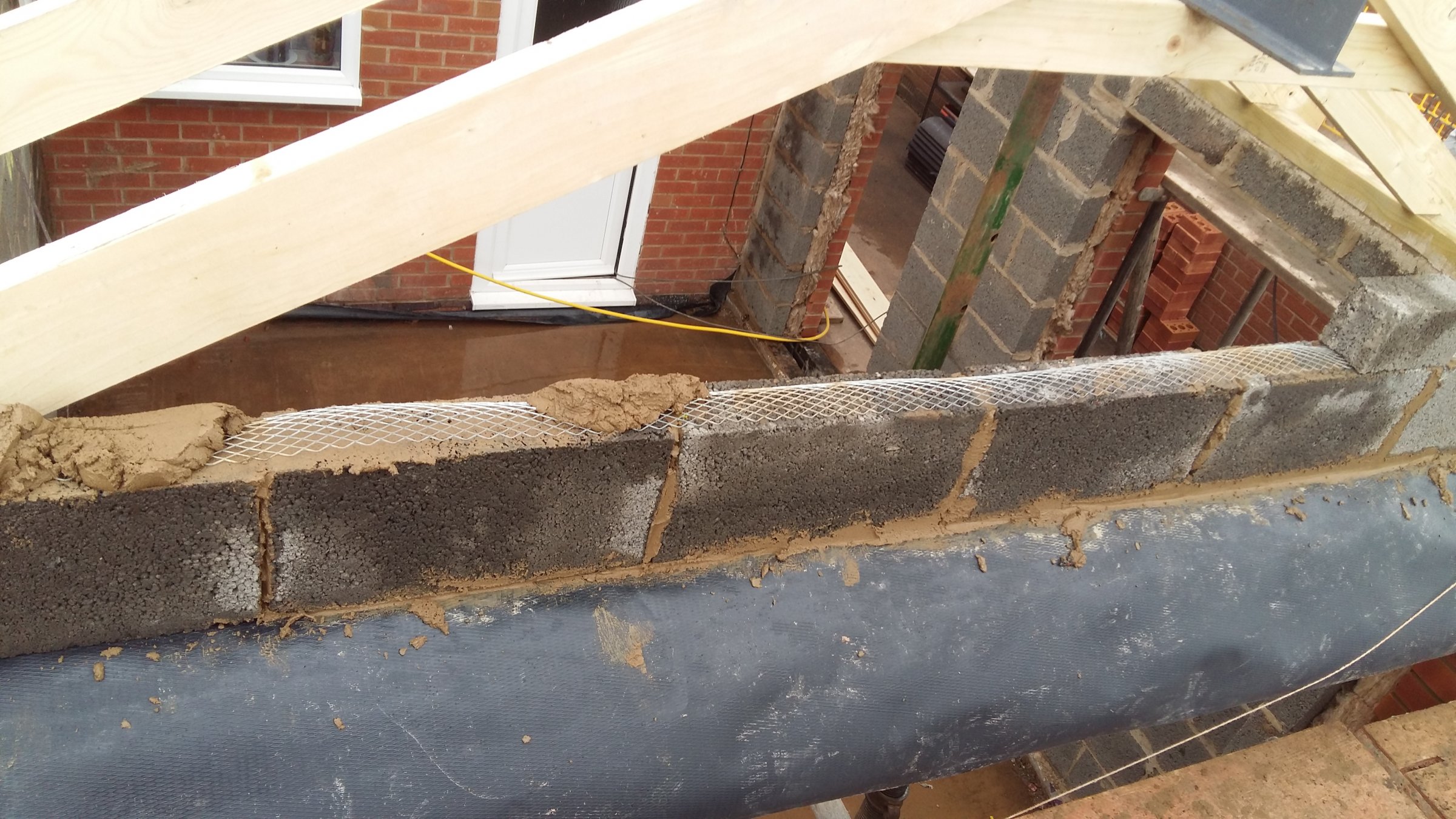- Joined
- 11 Oct 2019
- Messages
- 20
- Reaction score
- 0
- Country

I am trying to ascertain where cavity trays are required. As I understand it they would be needed any time the wall cavity gets penetrated eg. above a window or an external door. However building control have said that I also need a cavity tray where my extension roof meets the existing wall. Is this actually a building control requirement? or have I just got an OCD building control officer and more importantly what would be the purpose of the cavity tray when the roof doesn't penetrate the cavity.

